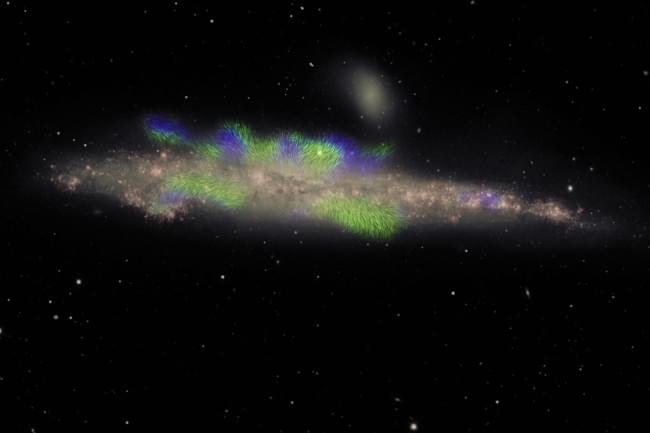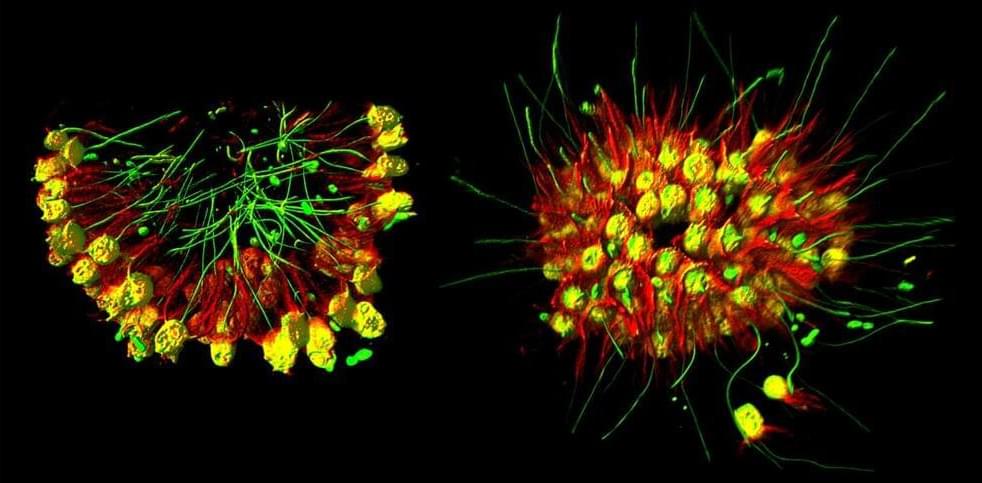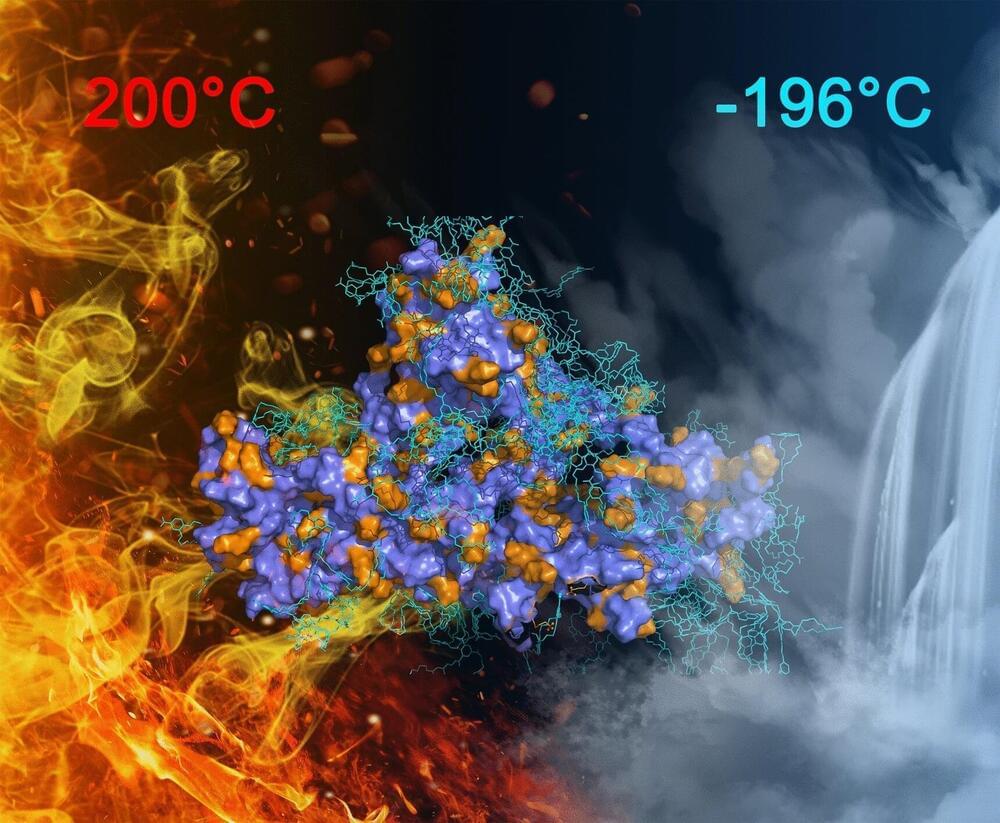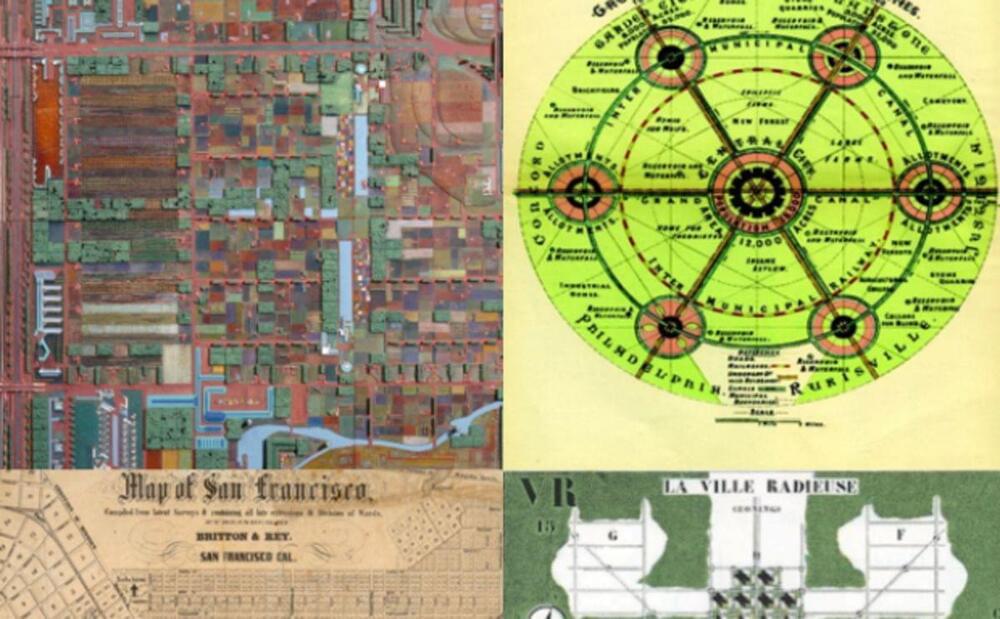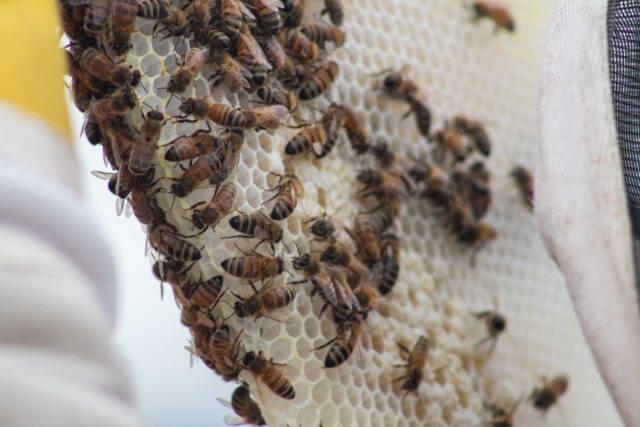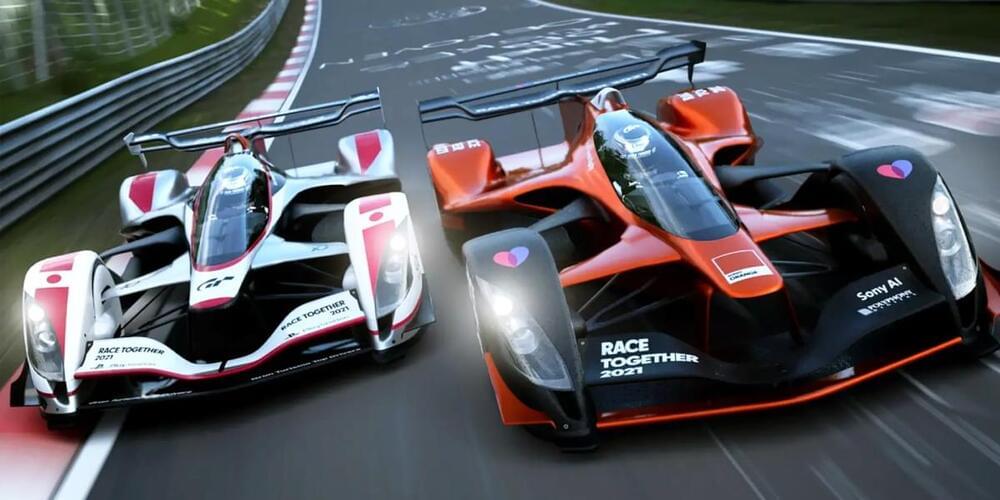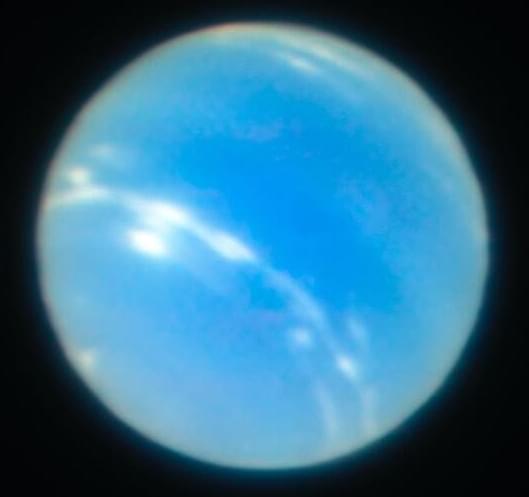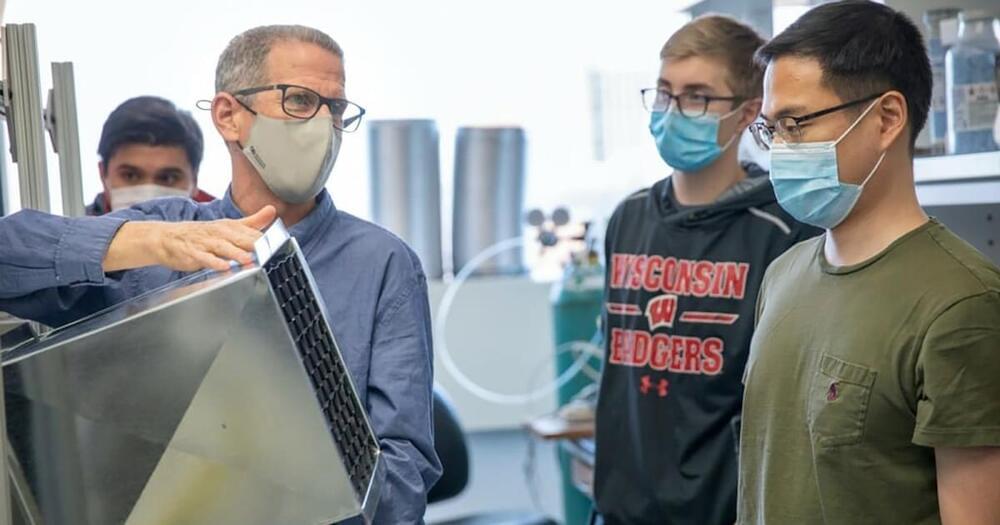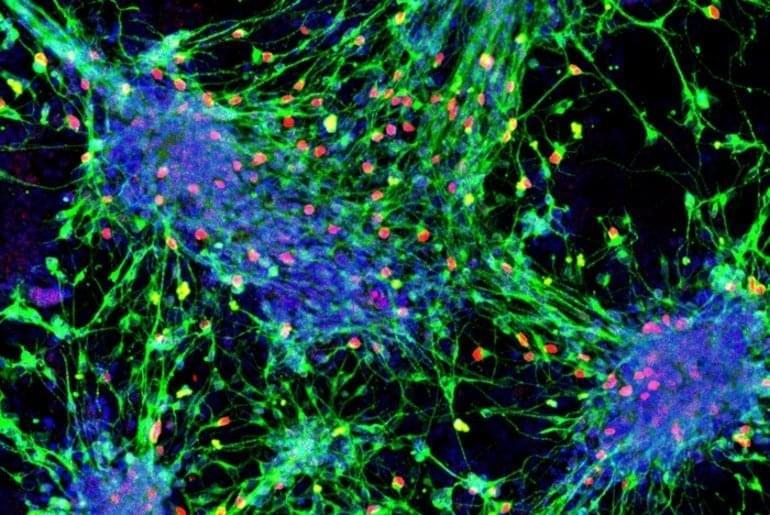Babies rapidly develop this ability by soaking up data from their external environments, forming a sort of “common sense” about the dynamics of the physical world. When things don’t move as expected—say, in magic tricks where objects disappear—they’ll show surprise.
For AI, it’s a completely different matter. While recent AI models have already trounced humans from game play to solving decades-old scientific conundrums, they still struggle at developing intuition about the physical world.
This month, researchers at Google-owned DeepMind took inspiration from developmental psychology and built an AI that naturally extracts simple rules about the world through watching videos. Netflix and chill didn’t work on its own; the AI model o nly learned the rules of our physical world when given a basic idea of objects, such as what their boundaries are, where they are, and how they move. Similar to babies, the AI expressed “surprise” when shown magical situations that didn’t make sense, like a ball rolling up a ramp.

